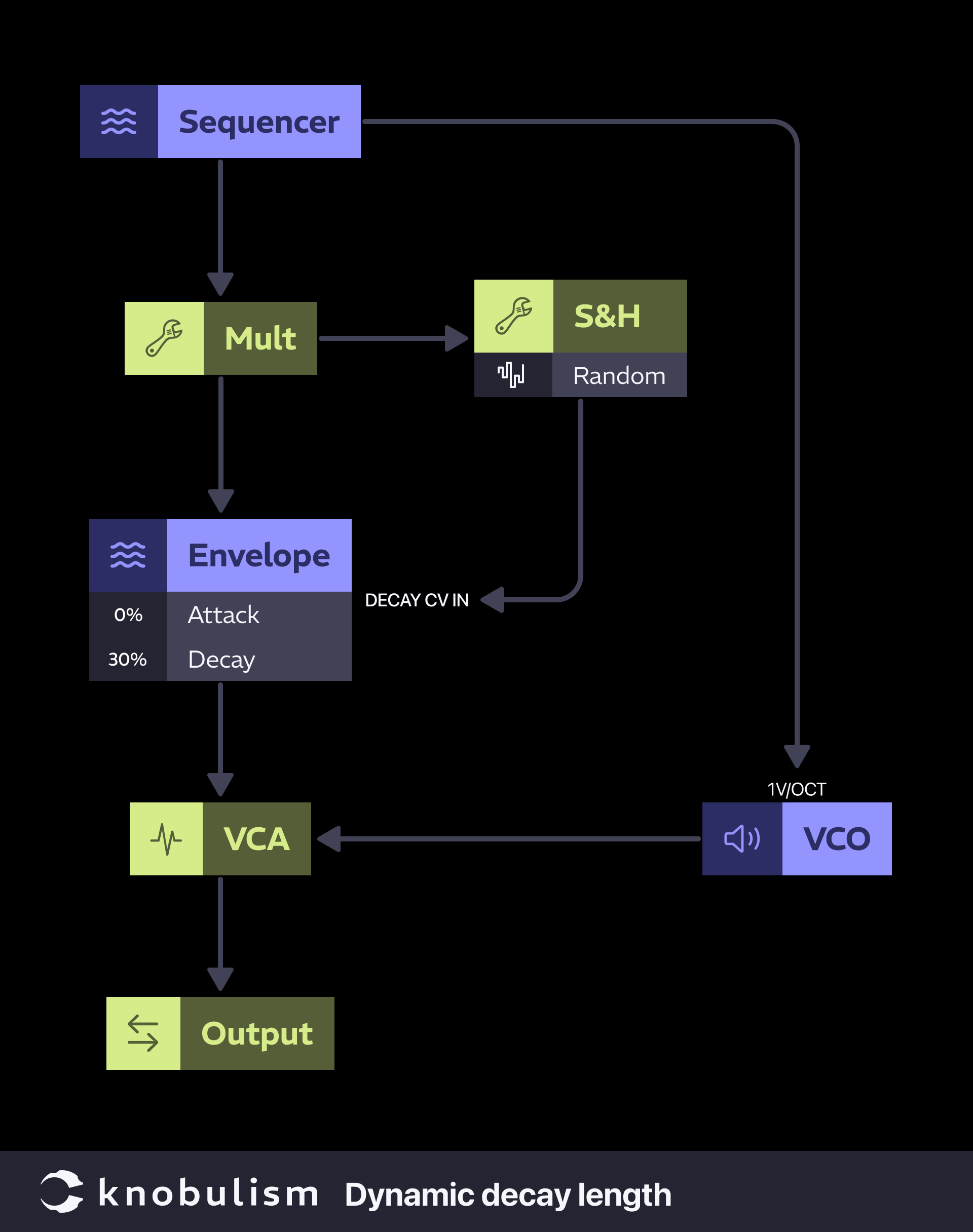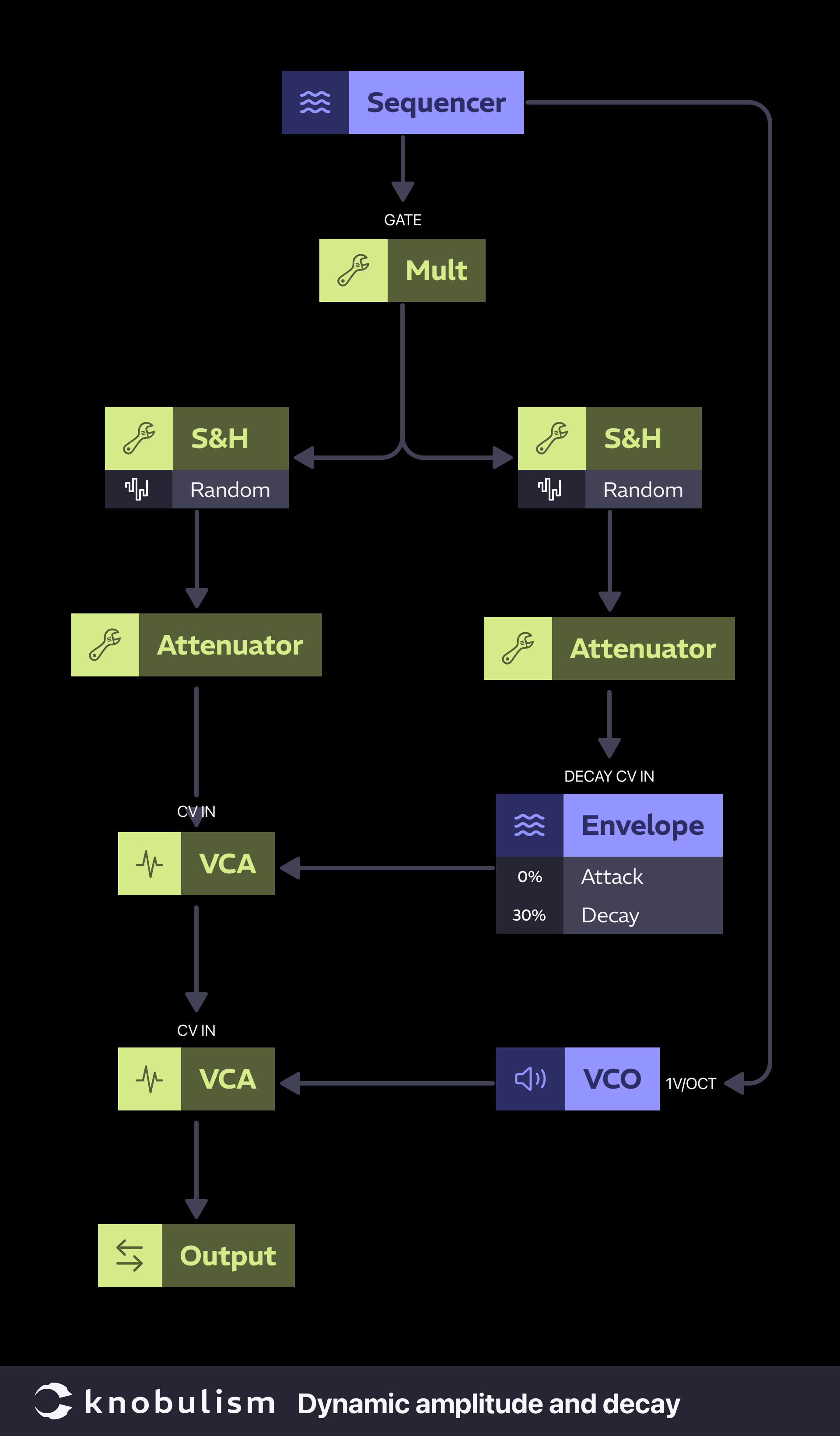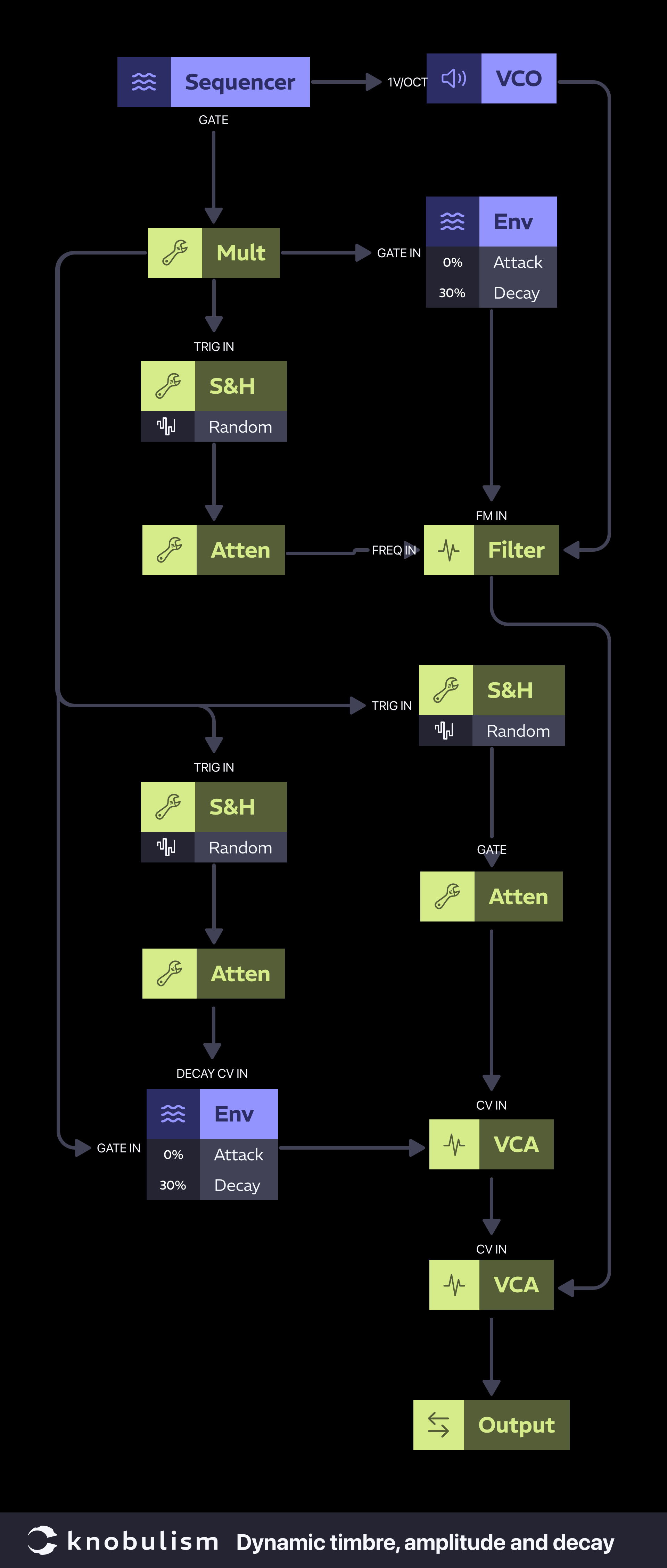You may have heard phrases like “I prefer music played by people,” “it feels too robotic,” or “electronic music has no soul.” Let’s clarify: those statements are close-minded and uninformed. However, I appreciate the chance to learn from criticism and improve my skills. This article addresses issues of music with limited dynamics.
Consider this: in all of human history, no two notes played successively have ever sounded exactly the same. Time always moves forward, making each note unique. While this may not be perceptible to the human ear, other senses and emotions are at play. For example, when trying a new food, the first bite can be euphoric, but the second bite won’t be the same.
When humans play instruments, they make nuanced adjustments to timing, pressure, position, pitch, and amplitude. Even inexperienced musicians do this naturally. Music played by humans has dynamic changes in amplitude, timbre, and timing. In contrast, electronic music often lacks these dynamics, as they are significantly decreased and rigid. This difference may be why some people feel electronic music lacks the depth and emotion found in human-performed music. I will share some ideas and patches that can “humanize” your otherwise “soulless” music. LOL!!!
I’ll start with one of my faves that is incredibly simple, yet super effective. Using sample & hold you can send a random level of voltage to any parameter in your patch. Multing the timing signal (gate or trigger) to the clock input of a sample and hold will align that random voltage with your rhythmic sequence.

I’ve chosen a different greenish color to illustrate what sets this patch apart from the standard bluish one. Listen closely and notice the variation on each step. The swing on the decay might be a bit more pronounced than desired. If your envelope module has attenuation built in, use it to adjust to your liking. In the next patch, I’ll be adding attenuators.
For the next patch, I’ll be building on this idea. This time, instead of affecting decay length, we’ll be adjusting amplitude. You’ll need one more sample & hold, another multiple output, and another VCA. By the way, stackcables or splitters work great for multiples in these patches.

In the above example take note of how the envelope is passed through a VCA so the random can control its amplitude. Using VCAs to automate amplitude control of CV is a ridiculously helpful technique.
For our final patch of this Patchable I’ll just add a bit of spice, once again using the exact same sample & hold technique. To do this you’re going to need add a filter, a sample & hold, another couple of mult outputs an AD envelope and an attenuator (your filter probably has an FM attenuator).

The extra AD isn’t essential, but it enhances control over the filter sound. You don’t need all these mults and sample & holds either; many random modules have multiple outputs. Try using the different outputs from a single random module for each dynamic modulation. Now that you’ve finalized your humanized voice patch, get creative with your sequence and share your music in the comments below.



1 thought on “Humanizing sequencer rigidity”